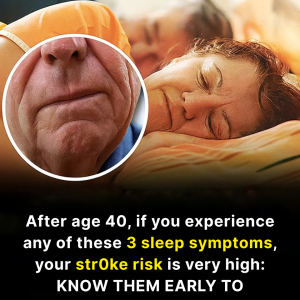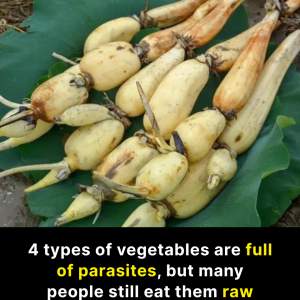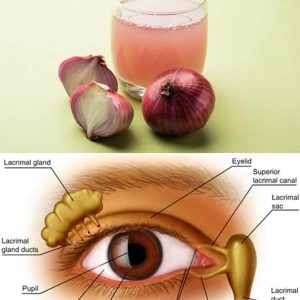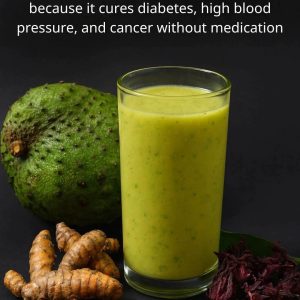
Many people overlook small, seemingly harmless changes in their mouths — assuming that a sore, a discolored patch, or slight numbness is nothing serious. However, these minor issues can sometimes signal a far more dangerous condition: oral cancer.
This disease often develops quietly, with few or no symptoms in its early stages. By the time it becomes noticeable, it may have already progressed significantly. People over the age of 40, especially those who smoke or consume alcohol regularly, are at higher risk. Even mild symptoms such as persistent mouth sores, swelling, or difficulty swallowing should never be ignored. Early recognition and timely treatment can be the difference between life and death.
Oral cancer affects various parts of the mouth, including the lips, tongue, cheeks, gums, floor of the mouth, and the roof of the mouth.
Types of Oral Can:cer

Oral cancer can develop in several areas of the mouth, including:
- Lips
- Tongue
- Gums
- Inner cheeks (buccal mucosa)
- Floor of the mouth
- Hard and soft palate
Each type may present slightly different symptoms, but all require immediate medical attention when warning signs appear.
Common Symptoms of Oral Cancer
Early-stage oral cancer may not cause noticeable symptoms. However, you should be alert to the following warning signs, particularly if you fall into a high-risk group:
- Persistent sores or blisters that don’t heal
- Red or white patches on the lips, gums, or inside the mouth
- Swelling, lumps, or thickening in the mouth or neck
- Unexplained bleeding
- Loose teeth without a clear dental cause
- Pain or difficulty chewing or swallowing
- Numbness in the lips, tongue, or chin
- Chronic sore throat or hoarseness
- Jaw pain or stiffness
- Ear pain without hearing problems
- Unexplained weight loss
- Persistent dry mouth or burning sensation
If any of these symptoms last for more than two weeks, seek professional evaluation immediately — especially if they do not respond to routine treatments.
Causes and Risk Factors

Several factors significantly increase the risk of developing oral cancer:
- Tobacco use: Smoking cigarettes, cigars, pipes, or chewing tobacco accounts for nearly 80% of oral cancer cases.
- Excessive alcohol consumption: When combined with tobacco, the risk multiplies.
- HPV infection: Certain strains of human papillomavirus (HPV) are linked to cancers in the throat and oral cavity.
- Poor oral hygiene: Neglecting oral care increases susceptibility to infections and cancer.
- Prolonged sun exposure: Can lead to lip cancer.
- Family history: A genetic predisposition to cancer can elevate risk.
- Nutrient deficiencies: Low intake of fruits and vegetables reduces the body’s natural defense against cancer.
Stages of Oral Cancer
Understanding the stage of the disease helps determine the best treatment and prognosis:
- Stage 1: Tumor less than 2 cm and not spread to lymph nodes.
- Stage 2: Tumor 2–4 cm, still without lymph node involvement.
- Stage 3: Tumor larger than 4 cm or spread to one nearby lymph node.
- Stage 4: Cancer has spread to nearby tissues, lymph nodes, or distant organs.
Treatment Options
Treatment varies depending on the type, location, and stage of the cancer. Common approaches include:
- Surgery: Removal of the tumor, sometimes followed by reconstructive procedures such as free-flap or pedicle reconstruction.
- Radiation therapy: High-energy rays used to destroy cancer cells (external beam or internal brachytherapy).
- Chemotherapy: Anti-cancer drugs that kill or stop the growth of cancer cells, often used alongside radiation.
- Targeted therapy: Medications that block specific molecules involved in cancer growth, with fewer side effects.
- Immunotherapy: Boosts the body’s immune system to help fight cancer cells, often used in advanced cases.
Conclusion
Oral cancer is a silent but highly preventable disease. Most cases can be successfully treated if detected early. Don’t ignore persistent sores, unusual patches, difficulty swallowing, or unexplained changes in your mouth.
Regular dental visits, awareness of personal risk factors, and early screenings are powerful tools in preventing this life-threatening condition. Staying proactive is the most effective way to safeguard your health and your future.
Disclaimer: This article is for informational purposes only and should not replace professional medical advice, diagnosis, or treatment. Always consult a qualified healthcare provider with any concerns about your health.




